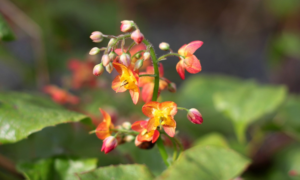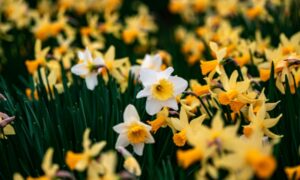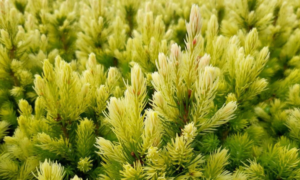We independently research, review, and recommend the best products. If you buy something through our links, we may earn a commission. Learn more.
I maintain that there’s no more beautiful sight than an azalea in spring. A sister of the rhododendron family, this gorgeous plant spends the flowering season bedecked with blossoms, beguiling passers-by with vibrant pink, peach, and even orange florets.
Azalea care
Once established, caring for an azalea plant is quite simple. The key is to ensure you choose a suitable planting location i.e., somewhere that is fairly isolated and positioned in a cool, shaded area — you don’t want the sun to burn those gorgeous leaves. You should also plant azalea in spring. I personally like positioning this shrub against the background of conifers or other plants that enjoy acidity.
To promote growth, I’ve found adding mulch around the bottom of the bush helps to retain moisture, conserve soil temperature, and minimise weeds. I also recommend keeping mulch at least two inches from the trunk circumference to prevent insect infestation.
| Common Name | Azalea |
| Botanical Name | Rhododendron spp. |
| Family | Ericaceae |
| Plant Type | Deciduous or evergreen shrub |
| Mature Size | 3–20 ft. tall, wide |
| Soil Type | Light, well-drained |
| Soil pH | Acidic (4.5 to 6.0) |
| Bloom Time | Early spring to summer |
| Flower Color | White, pink, red, orange, peach |
| Hardiness Zones | 6b-8a (USDA); varies by species |
| Native Areas | Asia, Europe, North America |
| Toxicity | Toxic to humans and pets |
How to trim azaleas
Many people like to prune their azalea bushes to control height. If you don’t want your shrub to take over, I recommend only reaching for your sheers after blooming has finished in spring. Azaleas bloom from old wood, so cutting new growth after blooming season won’t interfere with next year’s blossoms.
If you’ve got children or pets around, take care; rhododendron and azalea are extremely dangerous if consumed. Both the plant’s leaves and flowers are toxic. In serious situations, azalea has caused abnormal heart rates, stomach irritation, convulsions, coma and even death—so beware.
Planting azaleas
If you’re planting azaleas, you’ll be pleased to hear that they fit well in gardens both big and small. For instance, low-lying azalea bushes grow to 1 or 2 feet, while a towering wall of blossoms could quickly swell to 4 or 5 times that, adding an incredible backdrop to your landscape. Rhododendrons achieve even greater heights; some can reach 80 feet high!
Theoretically, you can plant azalea at any time of year, but for the best results, I’d aim for spring or autumn. Choose a location that has well-drained soil. You want plenty of moisture but not enough to have continually wet roots. Also, an acidic soil is preferred. You can mix organic matter into this to ensure your azalea is receiving enough nutrients.






